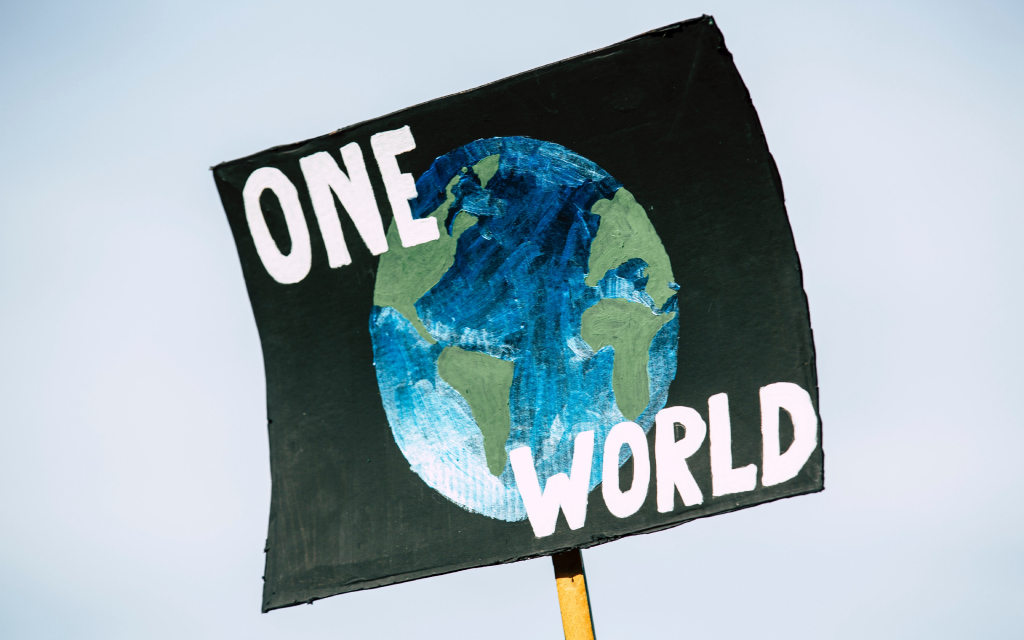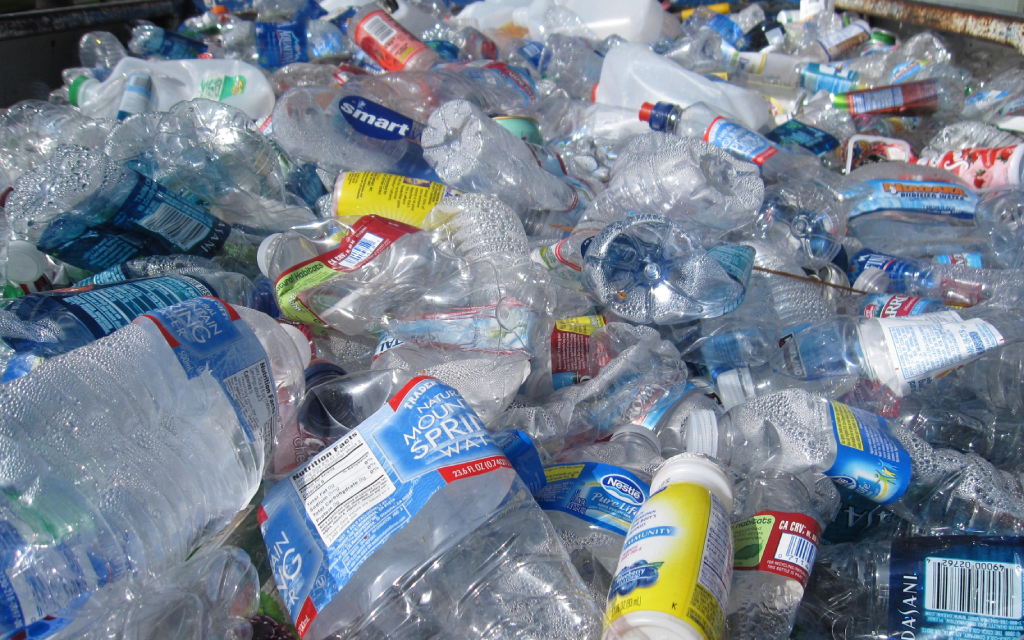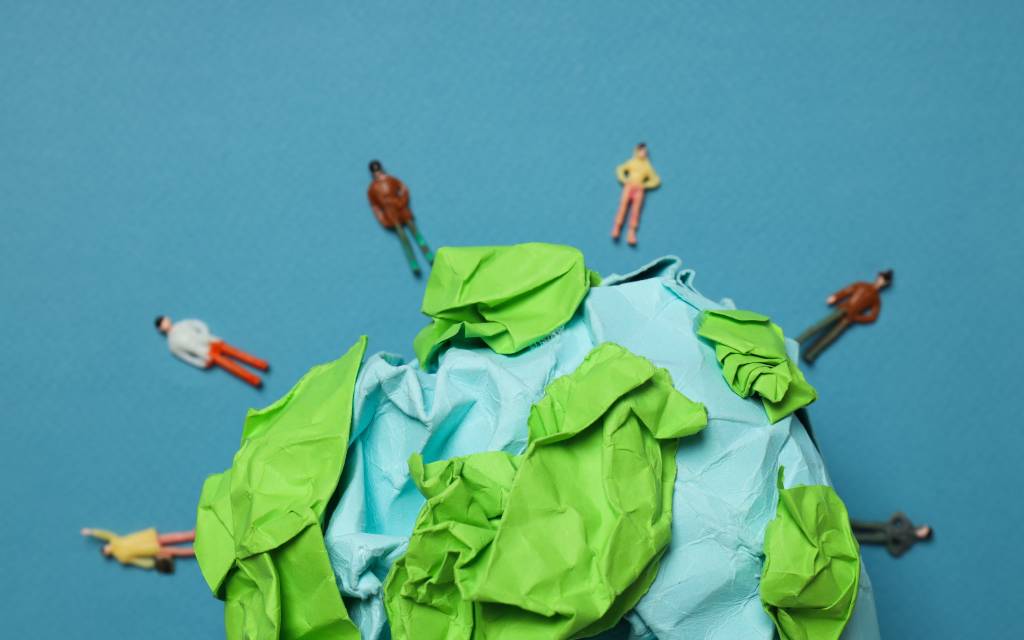It is evident that plastic is an omnipresent material present in our lives every day. With relatively indestructible properties, it is becoming a key culprit and is responsible for killing wildlife everywhere.
Plastic is all around you, whether you are on land or beneath its surface. It floats around in the air and is a grave concern when it is washed into our rivers, seas and oceans. According to The U.S. Geological Survey, water covers >70% of the Earth’s surface or is 321,000,000 cubic miles in volume and is becoming full of it.
Over the past decades, scientists are also finally discovering the harmful effect of plastics on human health.
The Pernicious Problem Regarding Plastic
Not only are plastics, specifically microplastics threatening every organism globally, but they may also be insidiously killing you. This is partly attributable to the overconsumption of our dwindling natural resources and ‘throwaway’ culture.
For instance, plastic manufacturing has exploded exponentially since the 1950s. We now produce around 450 million tonnes of it worldwide today. This process releases greenhouse gases, which are slowly suffocating the planet and contributing to a climate catastrophe. (You can read more about this in my separate publication by clicking here).
Based on the latest scientific modelling, over 8 million tonnes of plastic are in our world’s oceans. The rate of emptying is equivalent to one garbage truck full per minute.
Once dumped into our seas, this toxic pollutant never disappears. It becomes minuscule and eventually invisible to the naked eye.
So, What Are Microplastics?
Microplastics are defined as tiny debris <5 mm in length. They are remnants of larger pieces or macroplastics that are 5-50 cm long and have degraded inorganically, caused by the stresses of natural erosion, tides, and UV radiation.
Due to ocean currents and vortices called gyres, plastics accumulate in at least one of five zones, the largest being the Great Pacific Garbage Patch (GPGP). This lies between Hawaii and the west coast of the USA.
The GPGP is reported to be 1.6 million km2,or three times the size of France. It contains a plastic mass of 80,000 tonnes, equivalent to the weight of 500 jumbo jets. 75% to 86% of the GPGP stems from fishing activities.

A Harm To Our Environment
Our oceans are an abundant food source and can sustain billions of human lives. The relationship between a synthetic substance derived from hydrocarbons interacting with our unsuspecting marine wildlife is complex.
Regardless, we know organisms are unknowingly eating plastic or feeding it to their offspring, which has no nutritional value whatsoever. Furthermore, creatures are being decimated by getting entangled in it through nets, fishing lines or other forms of snares.
Despite this, we know microplastics are ubiquitous, having weaved into every habitat, and have now affected over 300 species.
An estimated 170 trillion pieces of plastic particles are floating in our oceans, where via filter-feeding, they are ingested by zooplankton and bi-valve molluscs such as clams and oysters.
Through a process called biomagnification, toxic chemicals such as polychlorinated biphenyls (PCBs) contained within microplastics will inevitably accumulate in apex predators such as the killer whale (Orcinus orca) and other marine species.
Governed by the fact that humans lie at the top of the food chain and often enjoy eating seafood, microplastics also enter our bodies without our knowledge.
So, pescatarians like myself, and you perhaps, may begin worrying and ask whether consuming anything from the sea that has historically been spruiked as healthy is insidiously poisoning you.

More Plastics On Your Palate
Microplastics have been found in items like beer, honey, chicken, salt, and even the air we inhale around the dining table.
Through complex experimentation, microplastics have even been detected in human placentae. This means they enter our bodies in utero, i.e., before birth.
More recently, in a study conducted by an ecotoxicologist in the Netherlands of 22 healthy volunteers, plastic polymers found in the range of 7 microns (1 micron = 1/1000th mm) were discovered in 17 human blood samples.
Another study by the University of Vienna tested faecal samples of participants from eight different countries worldwide, including the UK. It alarmingly found that 100% of the samples contained up to nine different microplastics.
Further research looked at 11 sourced brands of bottled water purchased in nine different countries. It showed that 93% contained some sort of microplastic contamination.
So What? And Why Should We Care?
The findings of these studies have galvanised further research, including those conducted by scientists from the WHO. They have called for a crackdown in finding the answers as to how these chemicals have potential pathophysiological effects on humans.
For example, a chemical called Bisphenol-A (BPA) that makes plastic bottles transparent has been used since the 1960s.
BPA can leach from packaging, particularly when it is heated. It is known as an “endocrine disrupting chemical” (EDC) as it has a structure similar to the female sex hormone oestrogen and can, therefore, interfere with human functioning, such as cell growth or human reproductivity.
BPA has also been linked to thyroid dysfunction, thus disrupting delicate homeostatic mechanisms within our bodies.
Other examples are polychlorinated biphenyls (PCBs) in older plastic used in food containers. Due to their harmful environmental and health effects, their manufacture was banned in the US in 1977.
Another chemical called Diethylhexyl phthalate (DHEP), is an artificially manufactured compound. It makes plastics such as polyvinyl chloride (PVC) more malleable. Alarmingly, it is purported to have carcinogenic (cancer-causing) properties.
As a result, any product that contains >1% by weight of DHEP has been banned in Australia since 2010, particularly in children’s toys that can be sucked or chewed.
A straightforward step I have taken to mitigate the effects of EDCs is never to microwave any of my meals in plastic containers should they not be labeled as “BPA-free”. Instead, I transfer all the contents onto a ceramic plate or glass dish before heating.

We Are Washing The Problem Into Our Seas And Oceans
A study conducted by the University of Plymouth, UK, showed that a significant proportion of microplastics are released into aquatic environments from our laundry.
Hundreds of thousands of synthetic fibres from clothes made from polyester, acrylic and polyester cotton are released during every single washing cycle. Found in the effluent that eventually feeds into our waterways, they are a significant factor in contributing to marine lethality.
Microplastics, or microbeads, around 1mm large, are known as primary plastics. Cosmetic industries purposely manufacture them for use in exfoliative face washes, shower gels, make-up, and toothpaste.
Again, hundreds of thousands of these particles are washed down drains and into sewers, destined to wreak havoc on our shorelines by causing ecological imbalance and disharmony to our environment.
Microbeads containing such products have finally been banned in countries like the UK. Australia is also following suit, where all jurisdictions within states and territories have pledged to phase them out by 2025 as part of a national plan.
The Race To Re-think And Re-design
Finding solutions to mitigate the effects of this enormous problem needs to occur on several levels.
It will take an ongoing commitment and genuine leadership from governmental agencies and industries worldwide to re-think and re-design strategies that focus on quality, not the quantity of the plastics they produce.
As advocates for meaningful change, many member countries worldwide have finally passed legislation and are now banning the use of throwaway plastics, including Australia.
Thankfully, our island nation will prohibit the supply of plastic lightweight bags from most retail outlets, specifically, those plastics which are <35 microns thick. Failing to comply with regulations may incur harsh financial penalties, thereby acting as a further deterrent.
Though no silver bullet solution exists, plastics are finally being manufactured, which can be re-purposed eternally with no predicted obsolescence.
Industry leaders must ensure the same materials do not decompose infinitesimally into micro or nano-sized particles.
If not, and through unavoidable environmental leakage, they will only be consumed by species at the bottom of the food chain, then eventually you, even if you are a vegan. Translating that into reality means we are slowly killing ourselves and future generations on Earth.
The other crucial issue is to keep raising awareness and educating one another. Everyone is responsible for their actions to orchestrate meaningful change in behaviour on a global scale.
Personally, I am reducing my plastic consumption by reusing and recycling as much as I possibly can. I am also refusing to use virgin plastic more than ever before, cognisant that only 10% is being regenerated worldwide.

My Concluding Comments On A Final Frontier
When writing this, I felt somewhat embarrassed and mindful that I was sitting in synthetic clothing that should be second-hand.
I hope the reader will forgive me as there were no other means of communicating this serious issue other than tapping away on plastic keys on a portable device powered by cables made of the same material.
I also became more aware of the amount of outdated, non-functioning plastic e-waste lurking at the bottom of my home office drawers.
Banning plastic entirely in modern households is unachievable and unrealistic. It would only leave you and I living like a troglodyte.
That leaves me in a constant state of ‘cognitive dissonance’. This refers to the psychological term of guilt and inner conflict, where one’s actions do not follow one’s desired intentions and beliefs.
In any case, it is apparent humans have created these problems in one way or another.
And now, more than ever, the time has come to take responsibility in trying to solve them.
About Surrinder Singh

Dr Surrinder Singh is a medical doctor, blogger and freelance writer. He is passionate about healthcare, medicine and education and works professionally with B2B and B2C clients.






Very informative article.
Thank you so much, Mr Maticic. I’m glad that you enjoyed reading it.
Best regards, Dr Surrinder Singh.